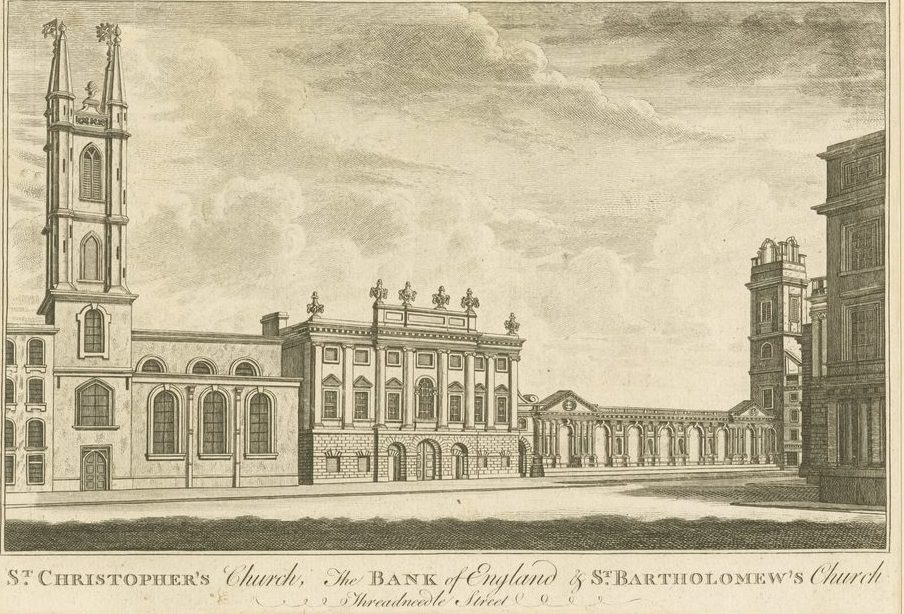The idea of TOMS shoes, known as the “One for One” model—a pair of shoes is donated to a child in need for every pair bought by the consumer—has been heavily criticized. However, after seeing the marketing benefits and boosts in profits, more and more for-profit businesses are using a similar model to donate goods in developing countries.If one pays attention to consumer surveys, it is not a surprise that TOMS has a cult following. As shown in recent polls, no less than 80% percent of U.S. adults would favor a brand that’s associated with a good cause over another that’s is not. (Interesting detail: 19 % said that they would switch to a more expensive brand to support a cause). For-profit enterprises that donate their products in developing countries are getting a lot of attention. Warby Parker of TOMS had the idea to partner with a non-profit called Vision Spring in order to donate TOMS glasses abroad. Vision Spring is in tune with how local economies function and what kind of products are culturally appropriate—topics that TOMS itself may not be familiar with. Vision Spring receives funding and glasses from Warby Parker to train low-income local entrepreneurs to start their own businesses selling glasses at affordable prices. This joined mission is to help entrepreneurs sustain a business and to create jobs. This helps avoid dependency on unpredictable donations, which unintentionally creates economic stagnation. When everyone in a community can get a free pair of shoes, the local shoe vendor goes out of business. Not only does this hurt the local economy, but it is also a short-term solution that creates long-term problems. Niharika Jain writes more in-depth about these unintended consequences in this article. Nevertheless, this type of partnership between a for-profit business and a non-profit certainly looks promising. This could be an example of the ability of corporations and non-profits team up for the general good.
TOMS, which is credited by many as being amongst the first to take up the one-for-one strategy, has given away about a million pairs of shoes worldwide to children in need since it launched in 2006. The privately held company, centered in Santa Monica, California says it is profitable, although it wouldn’t disclose sales figures or how much it spends annually on its charitable donations.
The example set by TOMS has many followers. For example, check out, The Figs Initiative or Out of Print. Figs, a small necktie retailer founded six months ago in Santa Monica, California, donates one school uniform to a child in Africa for every tie it sells. Founder Heather Hasson says the uniforms cost less than what the company spends on manufacturing its neckwear. The company has donated about 1,000 school uniforms so far. Similarly, Out of Print in Brooklyn, New York, donates one book to Books for Africa, a 22-year-old nonprofit in St. Paul, Minnesota, every time it sells one of its T-shirts, which feature the covers of mostly out-of print books. Just a small portion of the seven-month-old retailer’s sales is needed to cover the cost of the donated books, says Jeff LeBlanc, co-founder, adding that he hopes to give away 20,000 by the end of the year.
Web site: http://www.toms.com/











